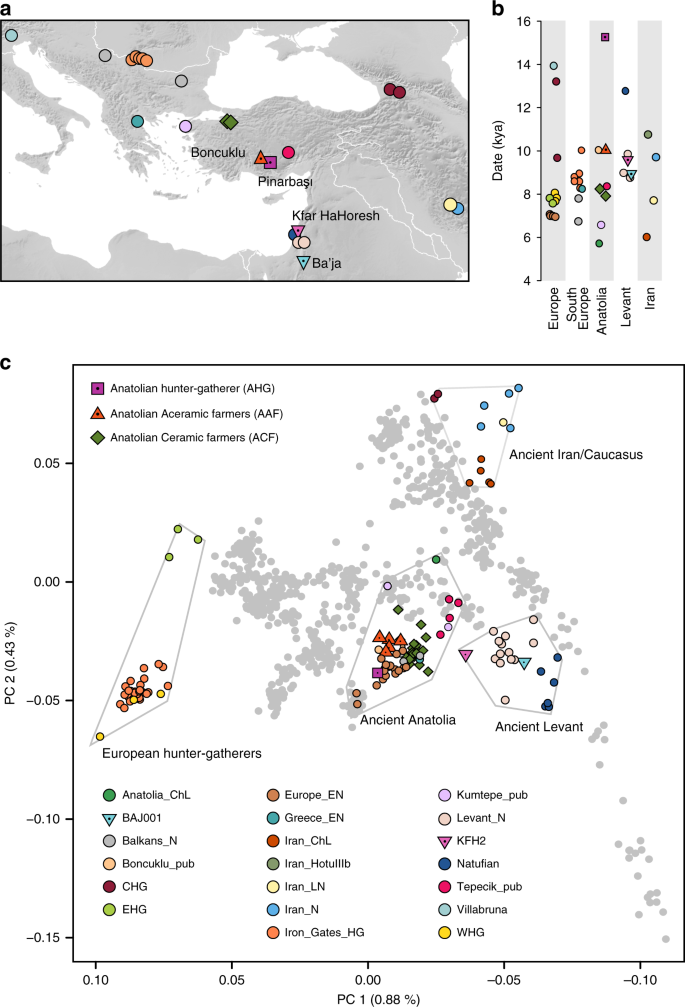The point is, ASH_Levant_Iron_Age1 is not a real construct, because we know the dynamics of that society. As you said, they were originally Greek/-like that eventually mixed with Levantines. Regardless of the trajectory of that population, how on earth is it appropriate to use it as a component of a totally unrelated population. Especially, when by the conclusion of that particular study, they (the original Greek Philistines) were mixed out of existence?
Apparently, our disagreement runs deeper than just figures alone, but rather philosophical? Sorry, I am not on board with this kind of analysis. It has nothing to do with my ethnicity, btw, I have given you plenty of examples regarding other populations. I can turn around, and say; perhaps you have an attraction to this, because you yourself are of strongly divergent mixed ancestry.
I'm not sure the conclusion of that study is that they were mixed out of existence. Not at all. They simply found no indication that the earlier Greek-like ancestry was still present in Ashkelon in the later part of the IA. Was that genetic dilution, displacement, extermination, large-scale emigration? I'm sure that if the authors are really professionals they won't venture claiming that they know what really happened.
I sense you're misinterpreting what that model really means. I used
alll ancient DNA samples and let Vahaduo pick whatever samples are mored closely related and fit better in combination to model the ancestral makeup of the target sample. You're instead interpreting it
literally, which is not the correct way to do it. Also, you're misinterpreting what the legends of the results indicate: ASH_Levant_Iron_AGE1 is - repeating
once again - NOT a population average, it's the summed up proportion of all INDIVIDUAL samples that were picked up by the model and had that basic geographical+chronological label.
You're still ignoring that information, but it really matters. Basically, what this means is: the model picked BOTH the Greek-like individual and the Levantine-like individual as well as the mixed Greek-Levantine individual.
Does that mean that South Italians have Philistine ancestry? Of course it doesn't.
The model is simply telling us that people that were genetically closely related to those and the other samples in the final result of the ancestry model contributed ancestry to South Italians. That's all. If you take things about genetic ancestry
soooooo specifically, you'll end up interpreting lots of things incorrectly and also unwittingly be unable to get the "signals" that the different models are hinting at.
I can turn around, and say; perhaps you have an attraction to this, because you yourself are of strongly divergent mixed ancestry.
Not the best argument, because, sorry, but you may have forgotten that Anatolia_N and Levant_N and especially Anatolia_BA and Levant_BA are not "strongly divergent" sources of ancestry at all. They'd still be a lot less mixed than me. I could even add: poor guys! :grin:

Just kidding.


